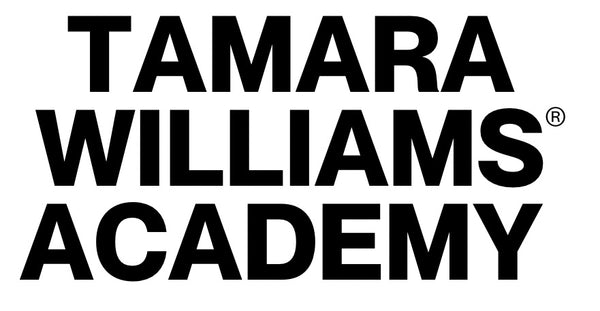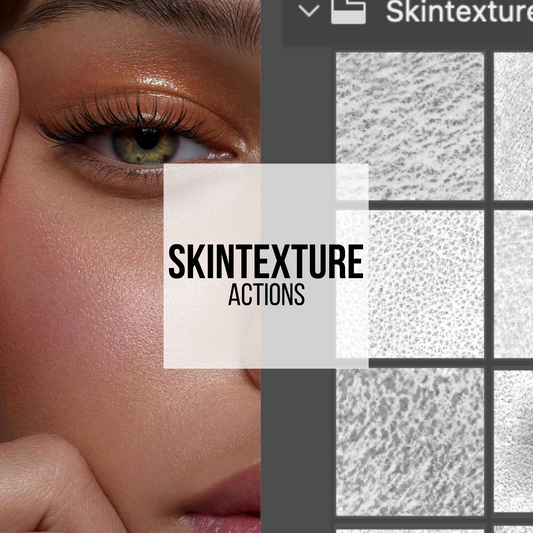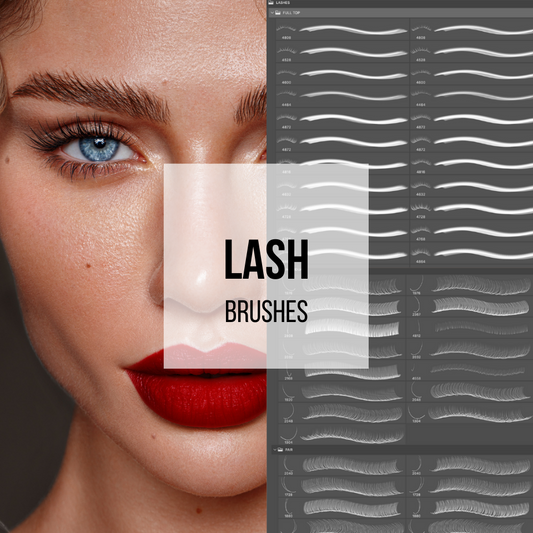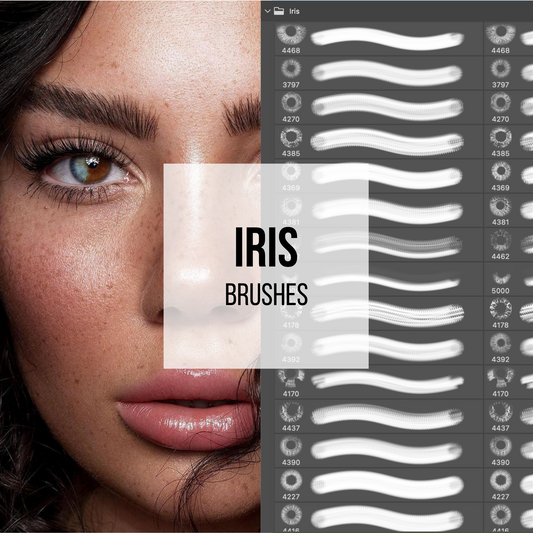Retouching is an art form that has been integral to photography and visual media for decades, evolving alongside technological advancements and creative trends. However, it has also been at the center of controversy, with critics pointing out its role in perpetuating unrealistic standards and contributing to a distorted sense of reality. Despite these criticisms, it is important to understand the perspective of retouchers and acknowledge the positive aspects of this craft. In this blog post, we will explore why retouching is controversial and defend the side of the retouchers, shedding light on the nuances of this intricate art form.
The Craft of Retouching
Retouching is a skill that requires precision, attention to detail, and a deep understanding of aesthetics. It involves enhancing, correcting, or manipulating images to achieve a desired outcome, whether that is to highlight the beauty of a subject, tell a compelling story, or create a visually stunning piece of art. Retouchers play a crucial role in the creative process, working diligently to bring a photographer’s vision to life and ensure that the final image aligns with the intended message and style.
Addressing the Controversy
The controversy surrounding retouching primarily stems from its association with unrealistic beauty standards and the potential to deceive viewers. Critics argue that retouched images contribute to a culture of perfectionism, negatively impacting self-esteem and body image, especially among young and impressionable audiences. While these concerns are valid, it is important to recognize that retouching is a tool, and like any tool, its impact depends on how it is used.
The Ethical Approach
The Role of Transparency
One of the ways to mitigate the negative aspects of retouching is through transparency. By being open about the use of retouching and providing before-and-after comparisons, retouchers can educate the public about the extent of alterations and foster a more informed understanding of the craft. This approach demystifies the process, helping to build trust and dispel misconceptions about retouching being inherently deceptive or harmful.
Conclusion
Retouching is a multifaceted art form that, when practiced responsibly and ethically, contributes to the richness and diversity of visual media. It allows artists to express their creativity, bring visions to life, and share captivating stories with the world. While it is crucial to remain vigilant about the potential pitfalls of retouching, it is equally important to acknowledge the skill, dedication, and artistry of the retouchers who contribute to this vibrant field. By fostering a culture of transparency and ethical practice, we can celebrate the art of retouching while also promoting positive and realistic representations in visual media.





